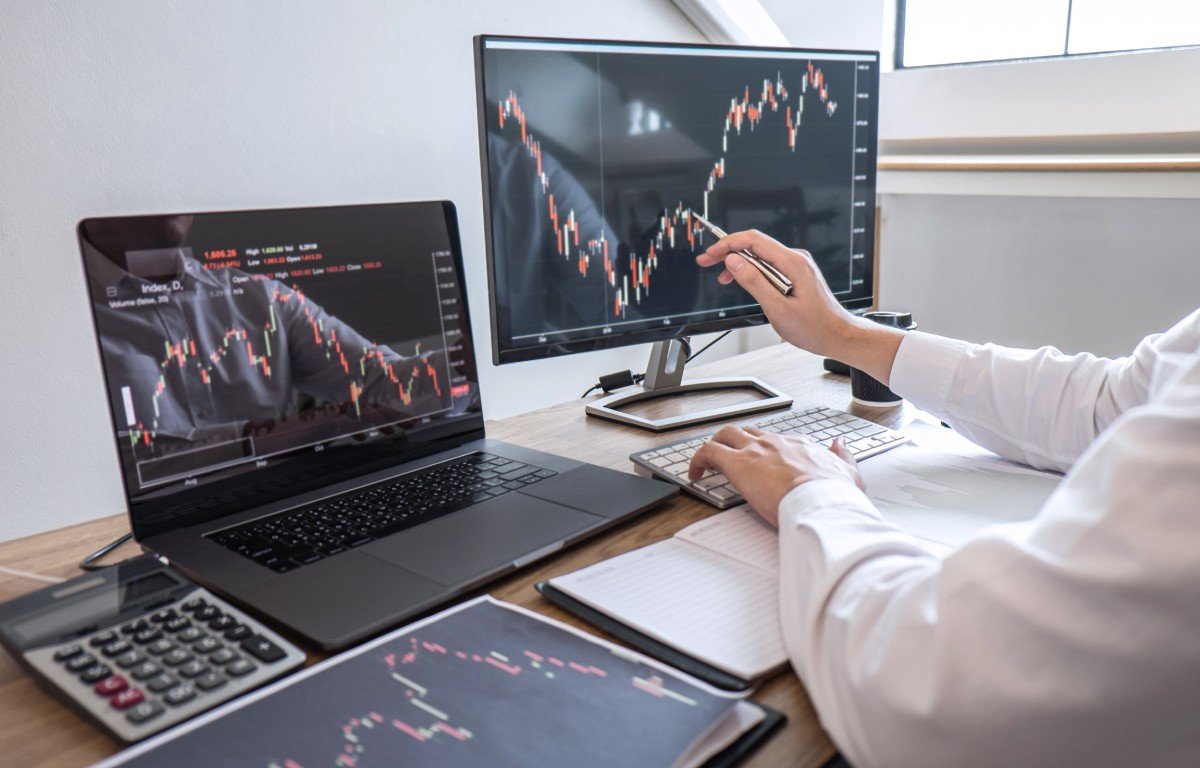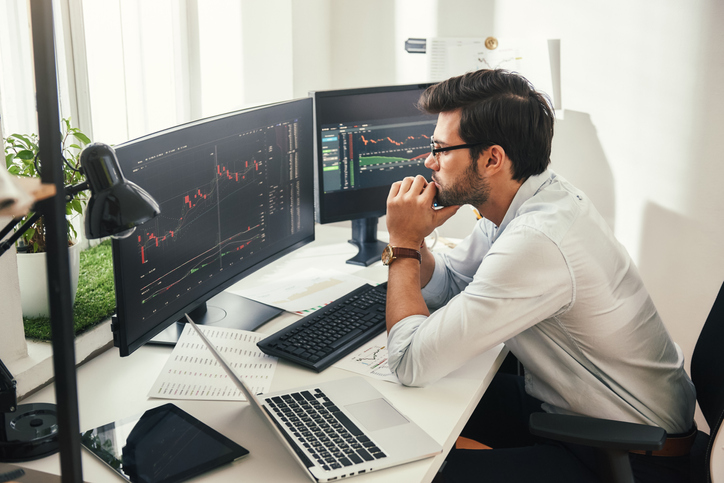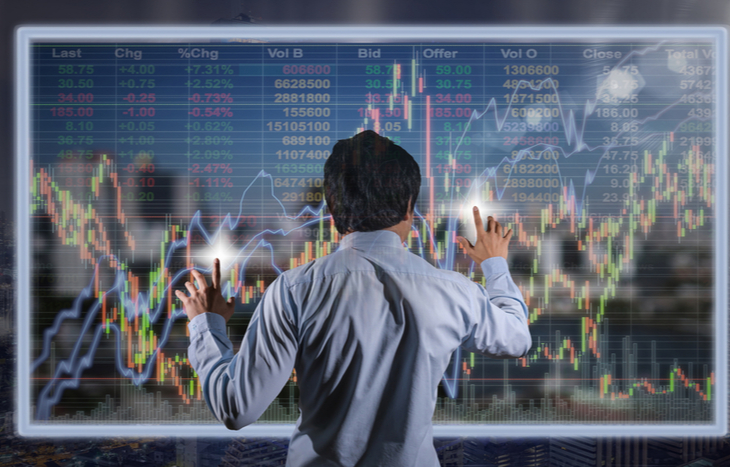In an era where technology permeates every facet of our lives, the realm of finance is no exception. Trading simulators have emerged as transformative tools in the educational landscape, offering an engaging alternative to traditional teaching methods.
These platforms allow aspiring traders to navigate the volatile markets without the financial risks that come with real-world trading. But the question looms: can these digital environments truly replicate the nuances of in-person financial education? With their dynamic interfaces and interactive features, trading simulators present a captivating blend of theory and practice, potentially reshaping how we perceive and approach the learning experience in financial markets.
As we delve deeper into this topic, we will explore the advantages and limitations of trading simulators and consider whether they can effectively replace time-honored educational techniques in preparing future investors and traders for the complexities of the financial world.
Benefits of Using Trading Simulators in Education

Trading simulators offer a rich tapestry of benefits that enhance educational experiences in finance and investment.
By immersing students in realistic market environments, these simulators cultivate a hands-on learning approach that goes beyond traditional lecture-based methods. Participants can experiment with various strategies, analyze outcomes, and navigate the unpredictability of market fluctuations—all without the financial risk associated with real trading.
The bar replay free feature within these simulators allows learners to review and analyze past market scenarios, providing deeper insights into strategy effectiveness and decision-making processes. This safe space for trial and error fosters critical thinking, as students learn to adapt quickly and respond to changing market conditions.
Moreover, the use of technology in trading simulators stimulates engagement, encouraging teamwork and collaboration as learners share insights and tactics. Ultimately, these simulators not only prepare students for the complexities of the trading world but also instill confidence and a deeper understanding of financial principles.
Integrating Trading Simulators into Educational Curricula

Integrating trading simulators into educational curricula can revolutionize the way students grasp the intricacies of financial markets. Imagine a classroom buzzing with the excitement of real-time trading, where students analyze market trends and execute simulated trades, all within a controlled environment.
This hands-on approach not only fosters a deeper understanding of fundamental concepts such as risk management and asset valuation but also sharpens critical thinking and decision-making skills. By bridging the gap between theoretical knowledge and practical application, trading simulators empower students to learn from their mistakes without financial repercussions.
They can explore innovative strategies, adapt to market fluctuations, and engage in collaborative learning scenarios that traditional methods simply cannot replicate, thereby injecting a dynamism into the educational experience that holds enormous potential for the future of finance education.
Future of Trading Education

The future of trading education promises to be an exciting landscape, shaped profoundly by technological advancements and changing learner preferences. As trading simulators become increasingly sophisticated, they are poised to revolutionize the way aspiring traders acquire knowledge and skills.
Imagine a classroom where students can dive into dynamic market scenarios, experiencing real-time decision-making without the fear of financial repercussions. This immersive approach not only cultivates a deeper understanding of market mechanics but also fosters critical thinking and adaptability.
Moreover, the integration of artificial intelligence in these simulators can personalize learning journeys, offering tailored feedback based on individual performance. Yet, even as these tools rise in popularity, the nuances of human mentorship and traditional theoretical foundations remain indispensable, suggesting a collaborative future where technology and traditional methods coexist to create a richer educational tapestry.
Conclusion
In conclusion, trading simulators represent a compelling advancement in educational methodologies, offering a dynamic and interactive approach to learning that traditional methods often lack. By immersing students in realistic market scenarios without the financial risk, these tools allow learners to develop critical skills and gain practical experience.
The introduction of features like bar replay further enhances the educational value, enabling students to analyze past market movements at their own pace, thereby deepening their understanding of market dynamics. While trading simulators cannot entirely replace traditional methods, they undoubtedly serve as a valuable complement, bridging the gap between theoretical knowledge and real-world application.
As financial education continues to evolve, integrating these innovative tools alongside conventional approaches could lead to more effective and engaging learning experiences for aspiring traders.


